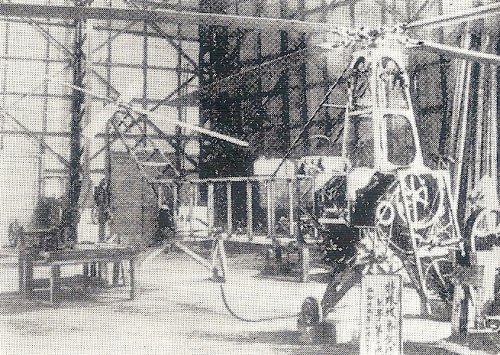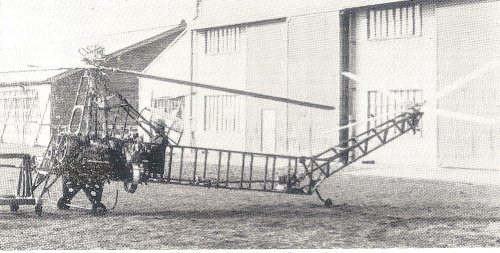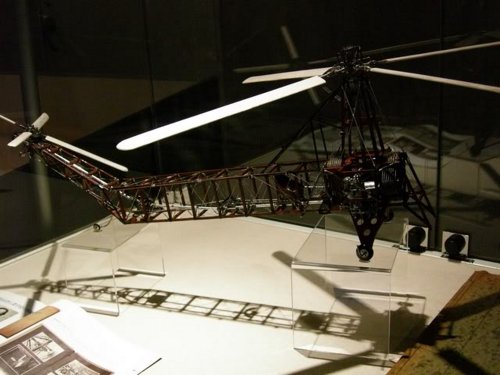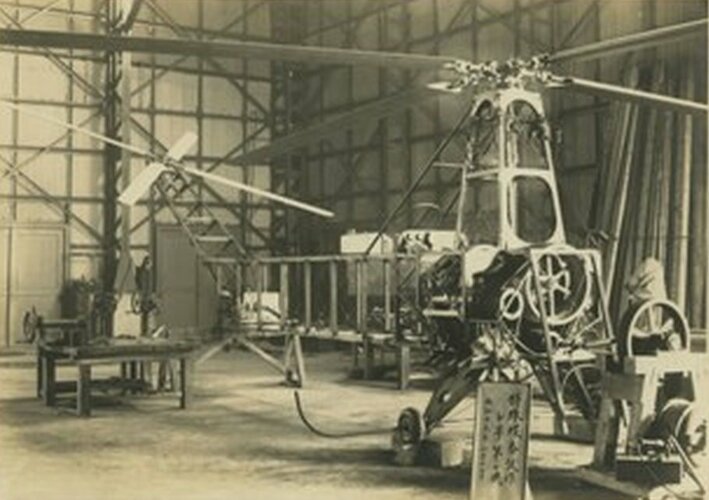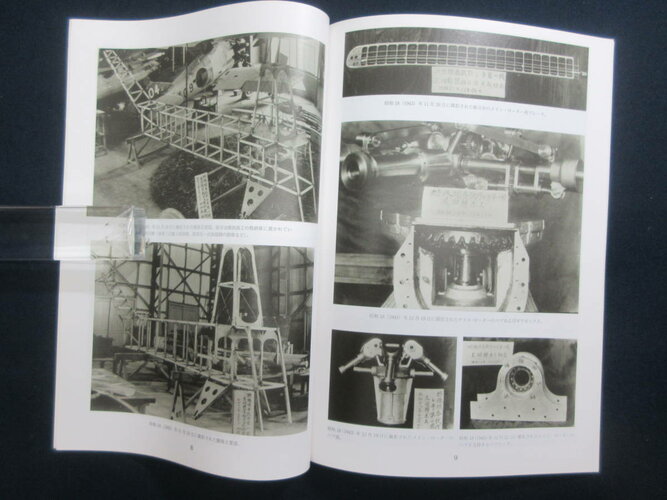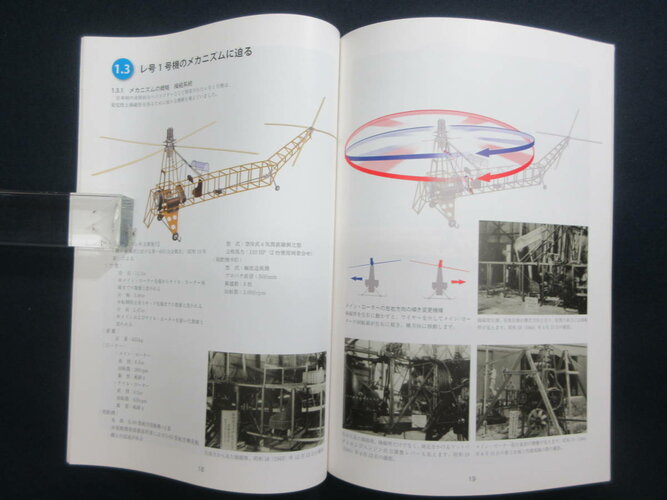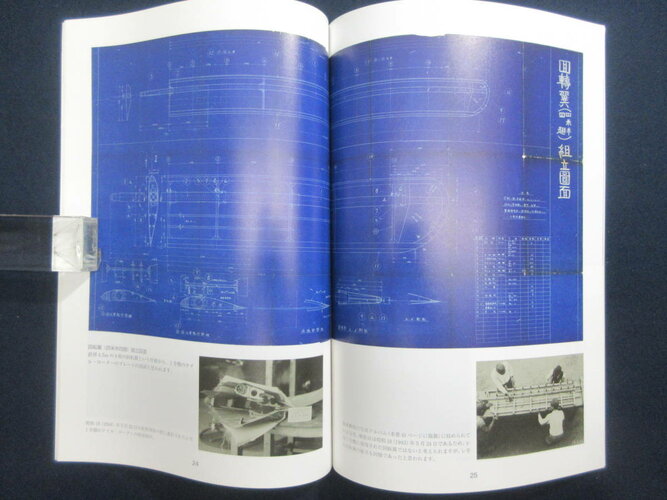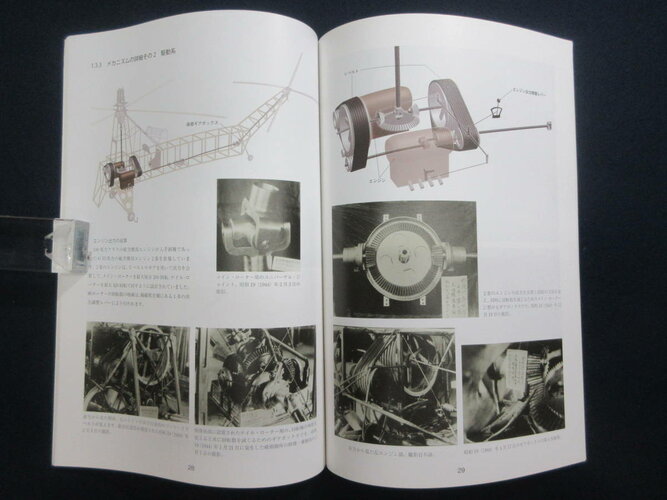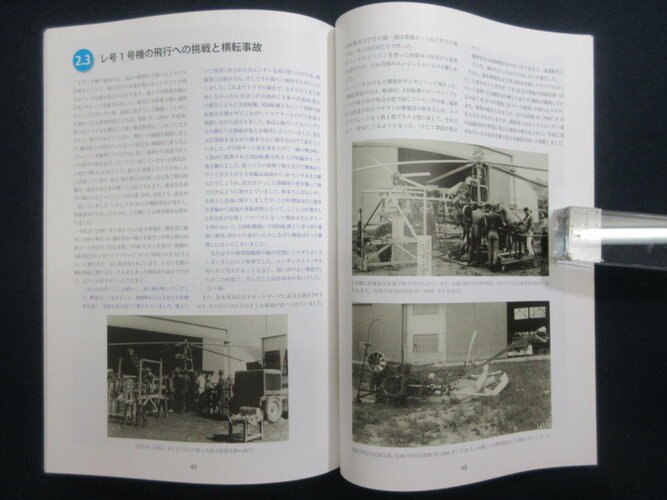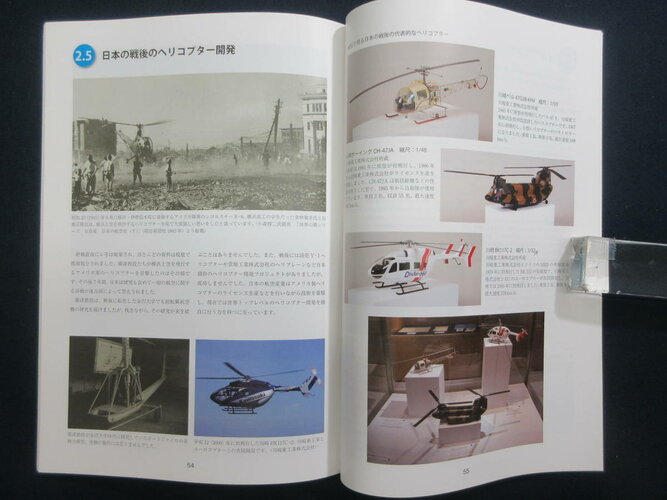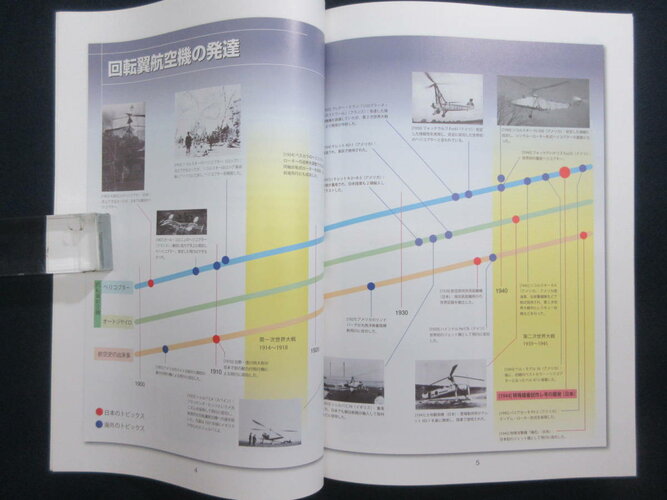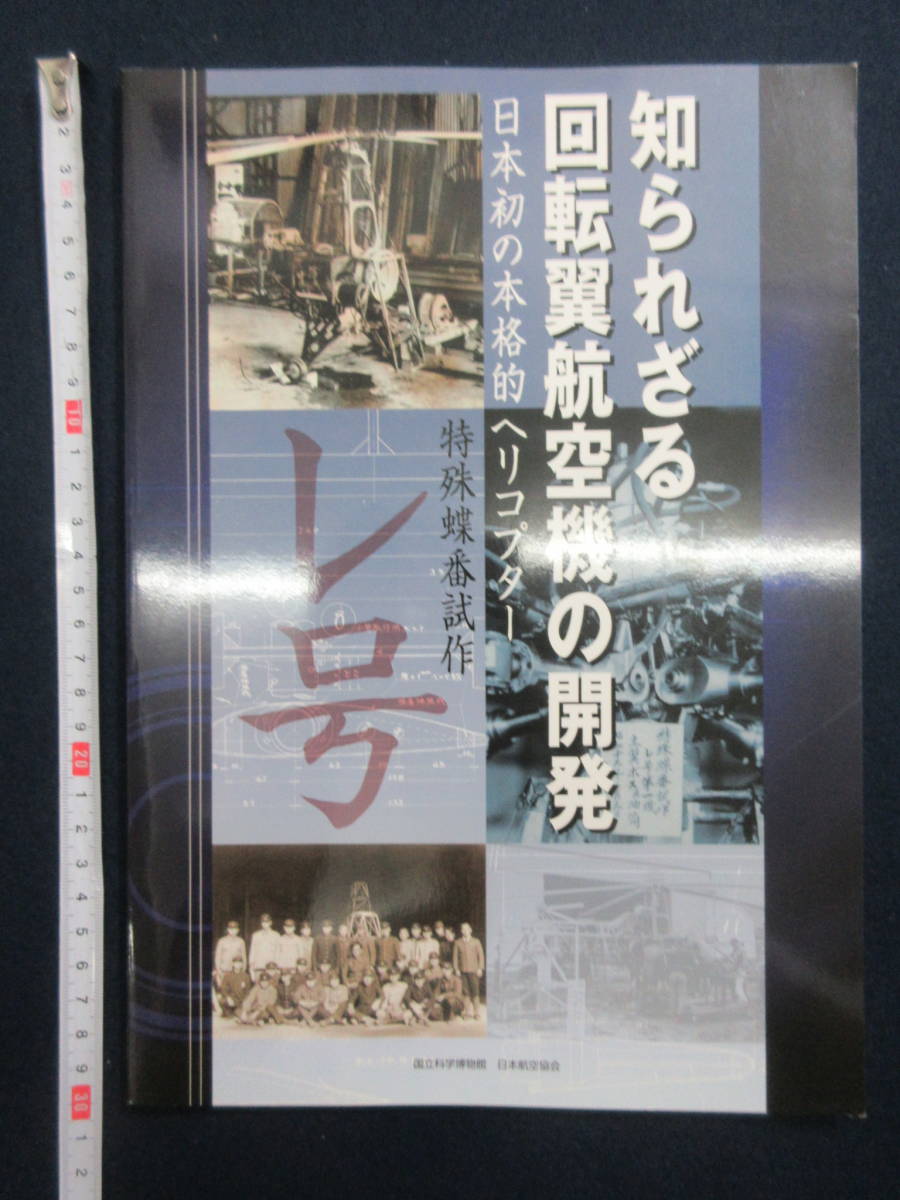Hi. I have just started to scratch the surface of this one recently. Would like to share with you what I have found.
First it is claimed that it was made by the Yokohama Higher Technical School (if google translated it correctly, orig: 横浜高等工業学校
>>wiki<<) Even on that wiki page it states the name 特殊蝶番レ号 and directs to
>>wiki document on it<<
Second: the works was led by Professor Manri Hirotsu (orig: 廣津萬里). [sometimes I get translations as Masato Hirotsu, which may be more correct]
Also I was able to find one better quality picture:
View attachment 680947
Finally some interesting URLs:
http://strangemecha.blog59.fc2.com/blog-entry-454.html?sp ← it says among others:
https://beadsmici.exblog.jp/14623649/ ← description of the booklet mentioned couple of posts above, also the source of pictures for other post.
Looking forward for more details on it.
Does anyone was able to obtain mentioned booklet?

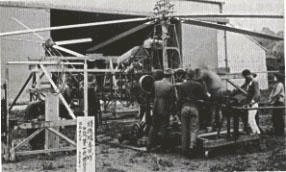
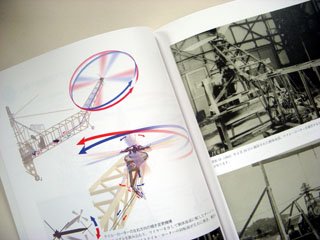
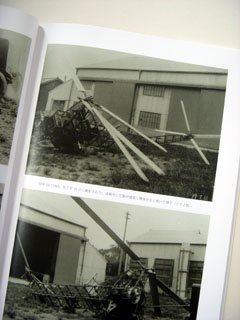
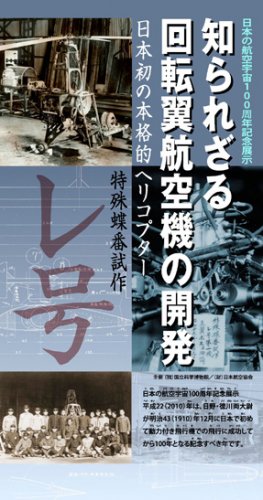
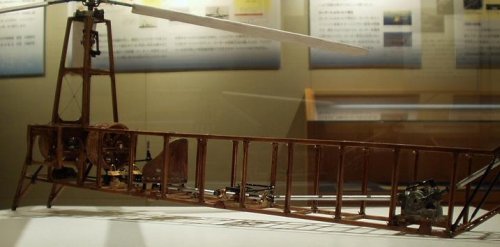
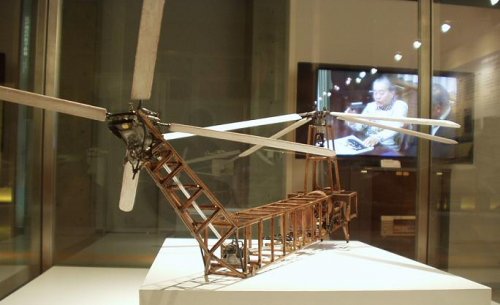
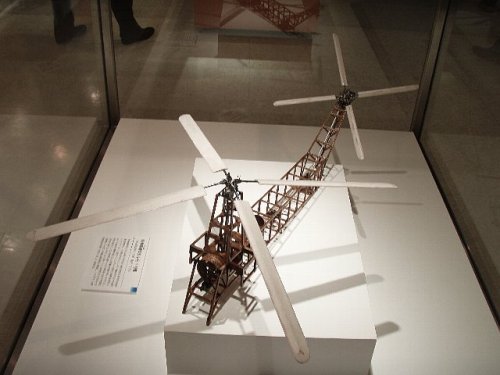
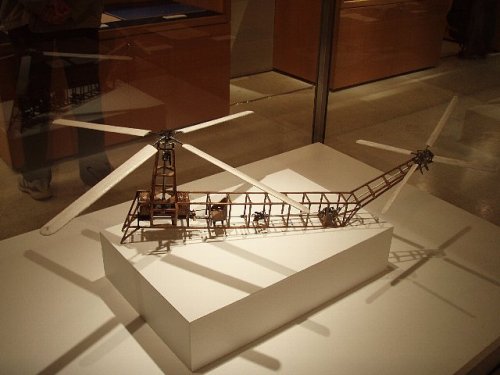
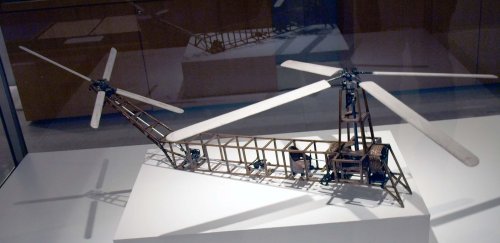
![re+-go+7[1].jpg](/data/attachments/58/58204-d919c9b79bea250b324107a8ca909e81.jpg)
